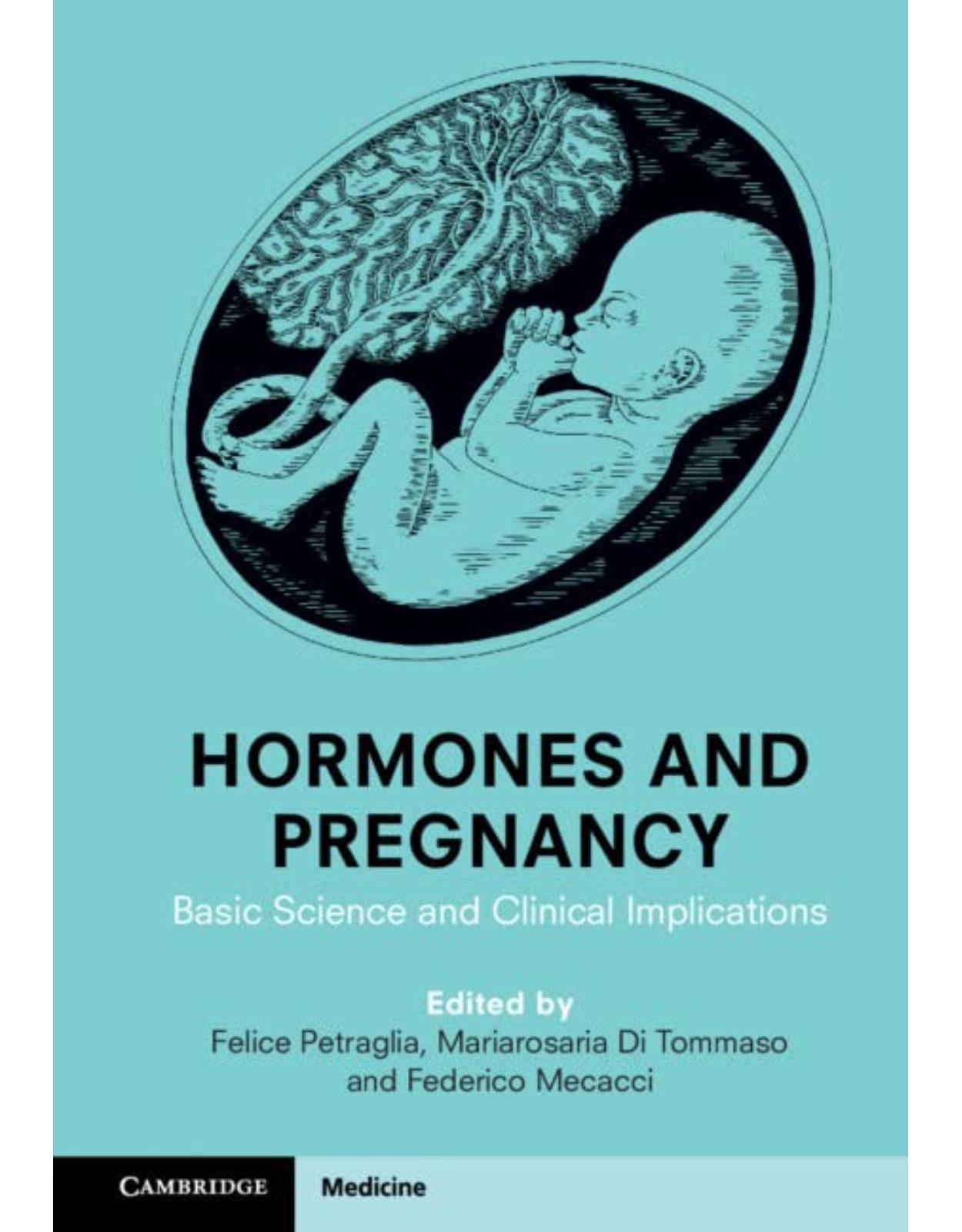
Hormones and Pregnancy: Basic Science and Clinical Implications
Livrare gratis la comenzi peste 500 RON. Pentru celelalte comenzi livrarea este 20 RON.
Disponibilitate: La comanda in aproximativ 4 saptamani
Editura: Cambridge University Press
Limba: Engleza
Nr. pagini: 218
Coperta: Hardcover
Dimensiuni: 17.78 x 1.52 x 25.4 cm
An aparitie: 13 Oct. 2022
Description:
The endocrine and neuroendocrine system in pregnancy involves highly complex maternal, fetal and placental mechanisms, which are critical for the maintenance of pregnancy, the timing of parturition, for fetal growth and protection from adverse fetal programming. This timely book summarizes the different endocrine aspects related to pregnant women, describing how hormones regulate physiological homeostasis and influence the pathogenesis of disease. The first section of the book covers the role of specific hormones in detail, including oxytocin, hCG and estrogen. The second section discusses gestational disorders such as diabetes, hypertensive disorders and preeclampsia and how the involvement of hormones has clinical implications for management. Best practice for management of endocrine disorders, which can negatively impact pregnancy, such as thyroid disease and obesity, is also reviewed. This book is essential for clinicians and scientists looking to gain knowledge of the role of hormones in pregnancy and how they can best support patients.
Table of Contents:
Chapter 1 The Neuroendocrinology of Pregnancy
1.1 Introduction
1.2 Hypothalamus-Pituitary-Adrenal (HPA) Axis
1.2.1 Corticotropin-Releasing Hormone (CRH)
1.2.2 Urocortins (Ucns)
1.3 Hypothalamus-Pituitary-Gonadal Axis: Gonadotropin-Releasing Hormone (GnRH)
1.4 Hypothalamus-Growth Hormone Axis: GH-Releasing Hormone (GHRH) and Somatostatin (SST)
1.5 Hypothalamus-Pituitary-Thyroid Axis
1.6 Oxytocin
1.7 Prolactin and Placental Lactogen (hPL)
1.8 Other Neuroendocrine Factors
1.8.1 Neuropeptide Y (NPY)
1.8.2 Relaxin
1.8.3 Parathyroid Hormone-Related Protein (PTHrP)
1.8.4 Opioids
1.8.5 Neurosteroids
1.9 Conclusions
References
Chapter 2 The Placenta as an Endocrine Organ/Placental Endocrinology
2.1 The Placental Maturational Trajectory
2.2 Placental Signaling of the Presence of the Pregnancy
2.2.1 Expression of Syncytin and the Formation of the Trophectoderm
2.2.2 Signaling the Presence of a Fertilized Ovum
2.3 Formation of the Cytotrophoblast and Syncytiotrophoblast Layers
2.4 Regulation of Estrogen and Progesterone Synthesis
2.5 The Presence of Four Different Estrogens: Why Is This Necessary?
2.6 Regulation of Peptide Hormone Production
2.7 Placental Release of Peptide Hormones
2.8 Maternal Targets for Placental Signals
2.8.1 The Endometrium
2.8.2 The Myometrium
2.8.3 Maternal Metabolism
2.8.4 Maternal Brain
2.8.5 Targeting the Breast
2.9 Summary
References
Chapter 3 The Role of Oxytocin in Pregnancy
3.1 Introduction
3.1.1 Oxytocin Biosynthesis
3.1.2 Pulsatile Secretion of Oxytocin
3.1.3 Decoding at the Oxytocin Receptor
3.2 Oxytocin and Reproductive Physiology
3.2.1 Conception and the Initiation of Pregnancy
3.2.2 Maintenance of Pregnancy
3.2.3 Parturition
3.2.4 Postpartum
3.2.5 Breastfeeding
3.2.6 Infant Care, Parenting (Bonding), and Motherhood
3.3 Clinical Application of Oxytocin
3.3.1 Oxytocin Administration for the Induction of Labor
3.3.2 Oxytocin Administration to Facilitate Breastfeeding
3.3.3 Oxytocin Administration for Prevention of Postpartum Hemorrhage (PPH)
3.3.4 Oxytocin Application for Autism, Maternal Depression, and Mental Disorders
3.4 Oxytocin Receptor Antagonists for Obstetric Use
3.4.1 Oxytocin Receptor Antagonists
3.4.2 Effects of Oxytocin Receptor Antagonists in ART: Prevention of Spontaneous Abortion
3.4.3 Effects of Oxytocin Receptor Antagonists on Tocolysis: Prevention of Preterm Labor
3.5 Alternative Applications of Oxytocin and Oxytocin Receptor Antagonists: Clinical Potential and P
3.5.1 Effect of Oxytocin Administration on Male Infertility
3.5.2 Oxytocin and Pain Relief
3.5.3 Control of Food Intake
3.6 Conclusion
References
Chapter 4 The Role of Human Chorionic Gonadotropin in Pregnancy
4.1 Human Chorionic Gonadotropin (hCG)
4.1.1 Placental Hormones
4.1.2 Gonadotropin
4.1.3 hCG
4.1.3.1 Biosynthesis
4.1.3.2 Serum and Urine Concentrations
4.1.3.3 Regulation of hCG
4.2 Biological Functions
4.2.1 Maintenance of Corpus Luteum Function
4.2.2 Testicular Stimulation
4.2.3 Stimulation of the Maternal Thyroid
4.2.3.1 hCG and TSH
4.2.3.2 Thyroid Hormones and Fetal Brain Development
4.2.3.3 Mechanism of Thyroid Effect on the Fetal Brain
4.2.3.4 Other Functions of hCG
4.3 Clinical Application
4.3.1 Pregnancy Tests
4.3.1.1 Measurement of hCG
4.3.1.2 Home Pregnancy Tests
4.3.2 Abnormally High or Low Levels
4.3.2.1 Ectopic Pregnancy
4.3.2.2 Chorionic Disease
4.4 Multimodality Diagnosis
4.4.1 ?-hCG
4.4.2 ?-hCG Levels above the Discriminatory Threshold
4.4.3 ?-hCG Levels below the Discriminatory Zone
References
Chapter 5 The Role of Estrogens in Pregnancy
5.1 Introduction
5.2 Site of Estrogens Synthesis during Pregnancy
5.3 From Pre-implantation to Myometrial Invasion
5.4 Uterine Artery Remodeling
5.5 Angiogenesis and Placenta Development
5.6 Estrogens, Uterine Blood Flow, and Systemic Vasodilation
5.7 Neuroestrogens
5.8 Estrogens and Preeclampsia
5.9 Parturition and Estrogens
5.10 Conclusion
References
Chapter 6 The Role of Progesterone in Pregnancy
6.1 Introduction
6.2 Evolutionary Perspective
6.3 History of Progesterone Discovery
6.4 Mechanism of P4 Action
6.5 Establishment of Pregnancy
6.6 Maintenance of Pregnancy
6.7 Parturition and P4 Withdrawal
6.8 Progestin Therapy to Prevent Pre-term Birth
6.9 Conclusion
Acknowledgments
References
Chapter 7 Hormones and Cardiovascular Systems in Pregnancy
7.1 Introduction
7.2 Cardiovascular Changes
7.2.1 Plasma Volume
7.2.2 Hemodynamic Changes
7.2.3 Cardiac Changes
7.2.4 Maternal Cardiovascular Involvement in Preeclampsia
7.3 Hormonal Change
7.3.1 Estrogen
7.3.1.1 Mechanism of Action
7.3.1.2 Effect on Cardiovascular System
7.3.2 Progesterone
7.3.2.1 Effect on Cardiovascular System
7.3.2.2 Mechanism of Action
7.3.3 Prolactin
7.3.3.1 Mechanism of Action
7.3.3.2 Cardiovascular Effects
7.3.3.3 Vasoinhibin
7.3.4 Relaxin
7.3.4.1 Mechanism of Action
7.3.4.2 Cardiovascular Effects
7.3.5 Renin-Angiotensin-Aldosterone System
References
Chapter 8 Prolactin, Prolactinoma, and Pregnancy
8.1 Introduction
8.2 The Physiology of Prolactin Secretion during Normal Pregnancy and Breastfeeding
8.3 Effects of Hyperprolactinemia on the Gonadotropic Axis and Fertility in Women
8.4 Effects of Hyperprolactinemia on the Gonadotropic Axis and Fertility in Men
8.5 Management of Prolactinoma before Pregnancy
8.6 Management of Prolactinoma during Pregnancy
8.7 Safety of DA Treatment for the Mother and Child
8.8 Breastfeeding and Management of Prolactinoma after Pregnancy
8.9 Management of Prolactinoma after Pregnancy and Breastfeeding
8.10 Conclusions
References
Chapter 9 Growth Hormone Disorders in Pregnancy
9.1 Introduction
9.2 GH and Fertility
9.3 Growth Hormone Deficiency (GHD)
9.4 Growth Hormone Excess (Acromegaly)
References
Chapter 10 Gestational Diabetes
10.1 Introduction
10.2 Metabolic Changes during Normal Pregnancy
10.2.1 Carbohydrates Metabolism
10.2.2 Lipids Metabolism
10.2.3 Placental and Maternal Hormones and Insulin Resistance
10.2.3.1 Placental Hormones
10.2.3.2 Maternal Hormones
10.2.3.3 Inflammation Molecules and Adipokines
10.3 Pathophysiology of Gestational Diabetes
10.4 Risk Factors for Gestational Diabetes
10.5 Screening and Diagnosis
10.5.1 Diagnostic Thresholds
10.5.2 Universal or Selective Screening
10.6 Maternal and Fetal Complications
10.6.1 Short Term Complication for the Offspring
10.6.2 Short Term Complication for the Mother
10.6.3 Maternal Long Term Complications
10.6.3.1 Type 2 Diabetes
10.6.3.2 Cardiovascular Disease
10.6.4 Offspring Long Term Complications
10.7 Management
10.7.1 Lifestyle Intervention and SBGM (Self Blood Glucose Monitoring)
10.7.2 Pharmacological Therapy
10.7.2.1 Insulin Therapy
10.7.2.2 Metformin
10.8 Prevention of Gestational Diabetes
10.9 Conclusion
References
Chapter 11 Obesity and Metabolic Syndrome in Pregnancy
11.1 Obesity and the Global Chronic Disease Epidemic
11.2 The Prevalence of Obesity and Type 2 Diabetes Has Been Rising at Alarming Rates
11.3 Birthweight and Maternal BMI Predict Obesity in Offspring
11.4 Obese Phenotypes and Metabolic Factors That Complicate Pregnancy
11.5 Adverse Pregnancy Outcomes Associated with Obesity
11.6 Physiology and Pathophysiology Leading to Obesity
11.7 Weight Management Approaches to Maternal Obesity
11.8 Pregnancy and Prenatal Outcomes after Bariatric Surgery
11.9 Postnatal Outcomes for Children Born to Mothers after Bariatric Surgery
11.10 Neonatal Issues Associated with Maternal Obesity
11.11 Lactation Issues Associated with Maternal Obesity
11.12 Management Considerations in Pregnancies Complicated by Obesity
Acknowledgments
References
Chapter 12 Hormones and Pre-term Birth
12.1 The Problem of Pre-term Birth
12.1.1 Epidemiology and Demographics
12.1.2 Definitions, Clinical Presentation, and Risk Factors for PTB
12.1.2.1 Definitions and Clinical Presentation
12.1.2.2 Risk Factors
Demographic, Social & Environmental
Maternal Age -
Race & Ethnicity -
Body Mass Index (BMI) -
Family History -
Social Deprivation & Poverty -
Smoking -
Psychological Stress -
Obstetric & Gynecological Factors
Previous PTB -
Previous Second Stage Cesarean Section -
Previous Uterine Curettage or Cervical Surgery -
Risks of Current Pregnancy
Multiple Pregnancy -
Infection-Intra-uterine or vaginal
Male fetus -
12.1.3 Impact of PTB
12.1.3.1 Neonatal Morbidity and Mortality
12.1.3.2 Maternal Morbidity and Mortality
12.2 Hormonal Regulation of Parturition
12.2.1 Role of Hormones in Pregnancy and Labor
12.2.1.1 Progesterone
12.2.1.2 Estrogens
12.2.1.3 Androgens
12.2.1.4 Thyroid Hormones
12.2.2 Corticotropin-Releasing Hormone, Stress and PTB
12.2.3 Physiologic Inflammation and Labor Onset
12.2.4 Infection and PTB
12.3 Prediction and Management of Pre-term Birth
12.3.1 Prediction, Prevention, and Management of PTB in Humans
12.3.1.1 Prediction of PTB
Cervical Length
Fetal Fibronectin and Other Biomarkers
12.3.1.2 Management: Prevent and Delay PTB
Progesterone
Cervical Cerclage
Cervical Pessary
Tocolysis
12.3.1.3 Management: Reduce Morbidity and Mortality of PTB
Antenatal Corticosteroid Therapy (5)
Magnesium Sulphate
Antibiotics
12.3.2 Animal Models and Interventions of the Future
12.3.2.1 Noninfectious (Sterile) Models
12.3.2.2 Infectious Models
12.3.2.3 Prevention of PTB: Animal Models
References
Chapter 13 Thyroid Dysfunction in Pregnancy and Postpartum
13.1 Thyroid Physiology in Pregnancy
13.2 Hyperthyroidism in Pregnancy
13.2.1 Definition, Epidemiology, and Etiology
13.2.2 Clinical Features and Diagnosis
13.2.3 Maternal-Fetal Consequences of Hyperthyroidism
13.2.4 Treatment of Hyperthyroidism in Pregnancy
13.2.5 Counseling for Women with Graves' Disease Planning Pregnancy
13.3 Hypothyroidism in Pregnancy
13.3.1 Definition, Epidemiology, and Etiology
13.3.2 Clinical Features and Diagnosis
13.3.3 Maternal-Fetal Consequences of Hypothyroidism
13.3.4 Treatment of Hypothyroidism in Pregnancy
13.3.5 Universal Screening for Thyroid Dysfunction in Pregnancy?
13.4 Euthyroid Autoimmune Thyroid Disease in Pregnancy
13.5 Postpartum Thyroid Thyroiditis
References
Chapter 14 The Role of Hormones in Hypertensive Disorders of Pregnancy
14.1 Introduction
14.2 The ''Hormonal Origin'' of Preeclampsia
14.3 Role of Hormones in the Metabolic and Cardiovascular Adaptations of Pregnancy
14.4 Placental Hormones in Preeclampsia
14.4.1 Placental Steroid Hormones
14.4.1.1 Estrogens
14.4.1.2 Testosterone
14.4.1.3 Progesterone
14.4.1.4 Cortisol
14.4.2 Placental Peptide Hormones
14.5 Maternal Hormones in Preeclampsia
14.5.1 Role of the Corpus Luteum - Relaxin
14.5.2 Thyroid Hormones
14.5.3 Renin - Angiotensin Aldosterone System (RAAS) and Prorenin
14.5.4 Naturietic Factors and Corin
14.5.5 Arginine Vasopressin and Copeptin
14.5.6 Other Maternal Hormones
14.6 Conclusion
References
Chapter 15 Adrenal Disease in Pregnancy
15.1 Adrenal Function in Pregnancy
15.1.1 Glucocorticoids
15.1.2 Mineralocorticoids
15.1.3 Androgens
15.1.4 Catecholamines
15.1.5 The Fetal Adrenal Gland
15.2 Adrenal Insufficiency: Primary and Secondary
15.2.1 Diagnosis
15.2.2 Etiology
15.2.3 Chronic Corticosteroid Replacement
15.2.4 Monitoring
15.2.5 Stress Dosing during Illness and Labor
15.2.6 Summary
15.3 Congenital Adrenal Hyperplasia
15.3.1 Diagnosis
15.3.2 Fertility
15.3.3 Management
15.3.4 Other Rare Types
15.4 Cushing's Syndrome
15.4.1 Diagnosis
15.4.2 Etiology
15.4.3 Management
15.5 Primary Aldosteronism
15.5.1 Etiology
15.5.2 Diagnosis
15.5.3 Management
15.6 Pheochromocytoma and Paraganglioma
15.6.1 Diagnosis
15.6.2 Genetic Considerations
15.6.3 Management
15.6.4 Delivery
15.7 Adrenocortical Carcinoma
15.7.1 Diagnosis
15.7.2 Management
References
Chapter 16 Hormones and Multiple Pregnancy
16.1 Hormone Levels in Multiple Pregnancies
16.1.1 Human Chorionic Gonadotropin (hCG)
16.1.2 Steroid Hormones
16.1.2.1 Estrogens
16.1.2.2 Progesterone
16.1.2.3 Testosterone
16.1.3 Corticotropin Releasing Hormone (CRH)
16.1.4 Human Placental Lactogen (HPL)
16.1.4.1 Effect of Hormonal Profiles of Twin Pregnancies on the Offspring
16.2 Pathophysiology of Pre-term Delivery in Multiple Pregnancies
16.2.1 Epidemiology and Pathophysiology of Pre-term Birth in Multiple Pregnancies
16.2.2 Hormonal Profiles and Pre-term Delivery in Multiple Gestations
16.3 Conclusions
References
Chapter 17 Hormones in Pregnancy and the Developmental Origins of Health and Disease
17.1 Introduction
17.2 Early Background
17.3 Human Studies
17.4 The Role of the Placenta
17.5 Stress and Glucocorticoids
17.6 Reproductive Function
17.7 Microbiome
17.8 Concluding Comments
References
Index
| An aparitie | 13 Oct. 2022 |
| Autor | Felice Petraglia, Mariarosaria Di Tommaso, Federico Mecacci |
| Dimensiuni | 17.78 x 1.52 x 25.4 cm |
| Editura | Cambridge University Press |
| Format | Hardcover |
| ISBN | 9781316516669 |
| Limba | Engleza |
| Nr pag | 218 |

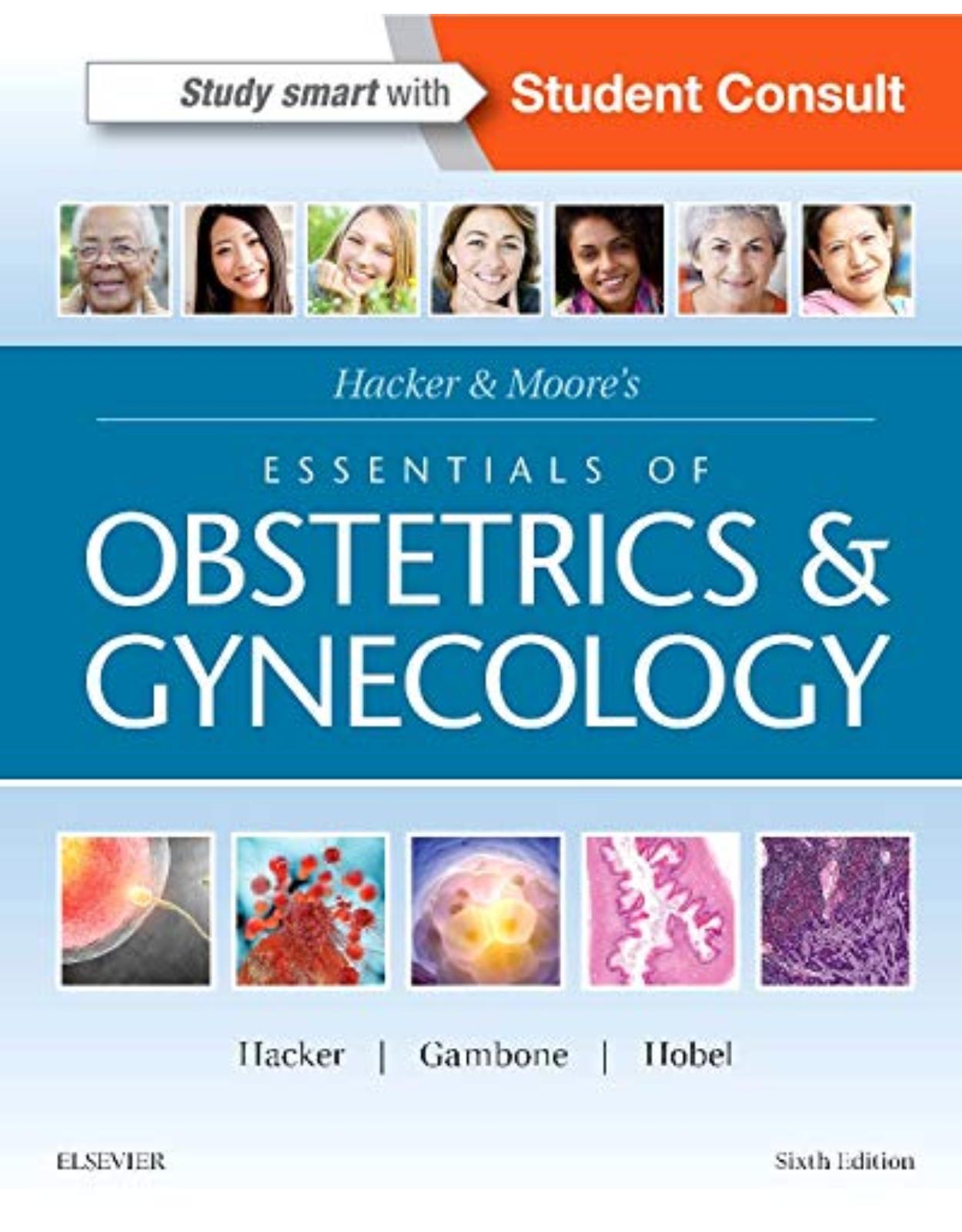
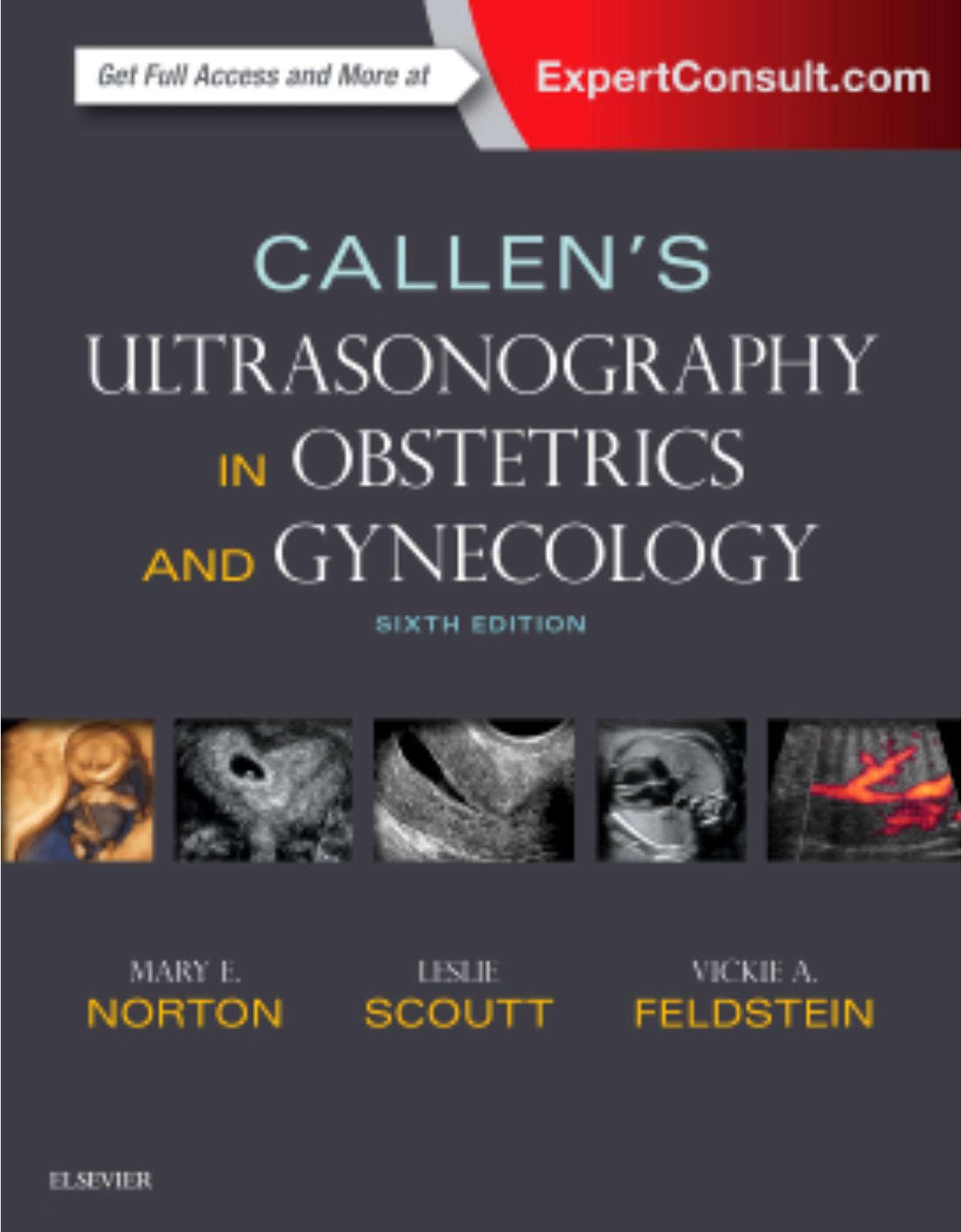
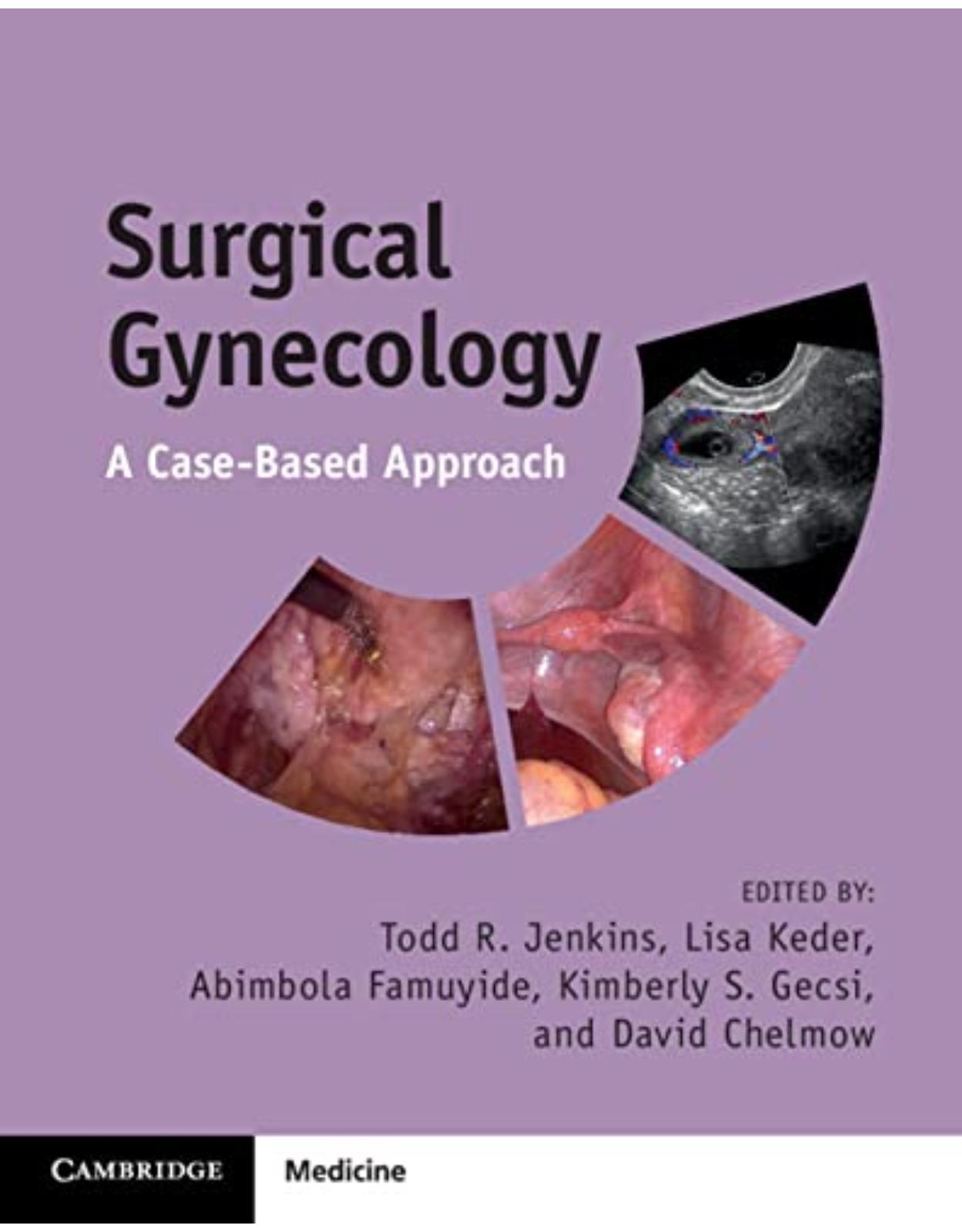
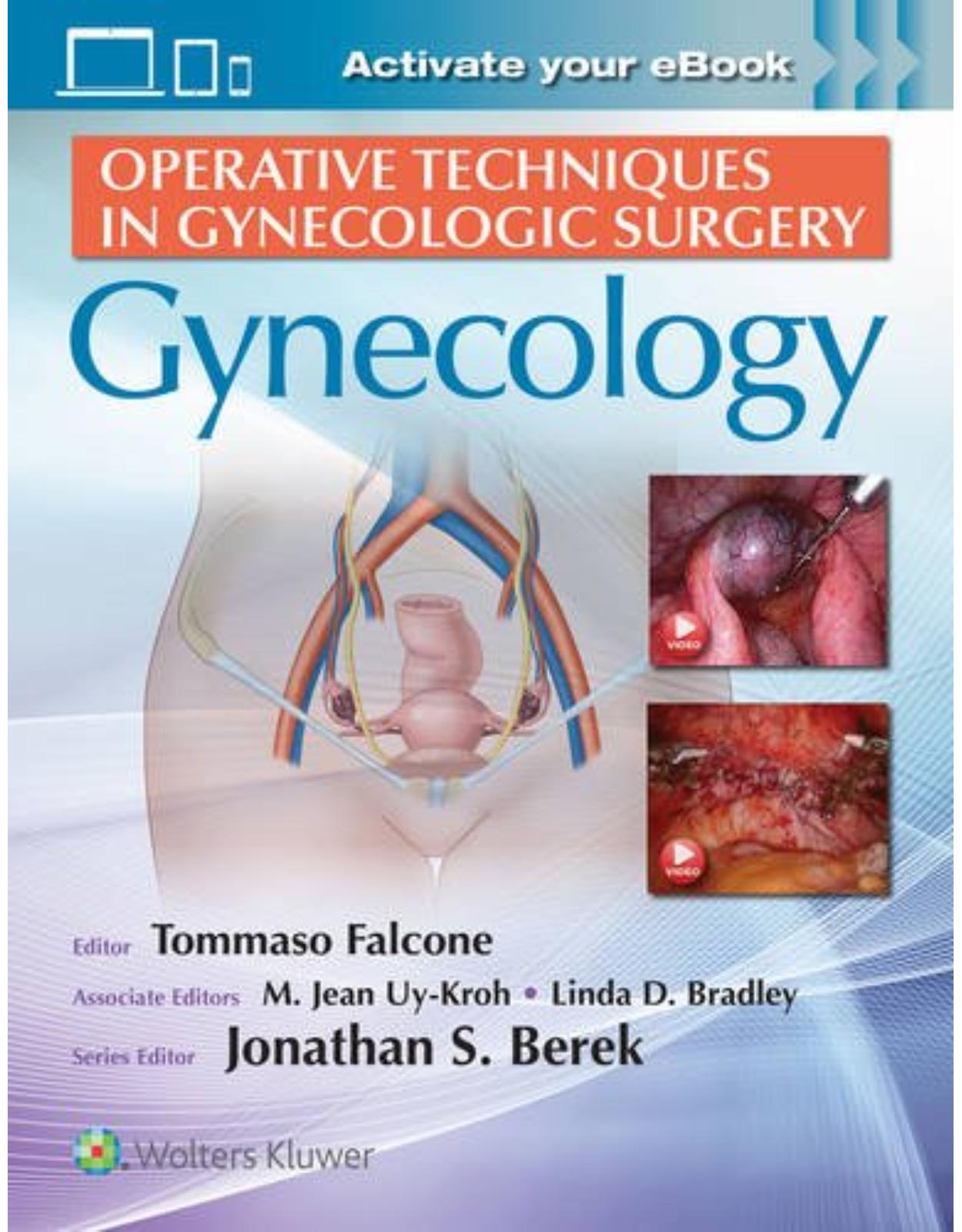
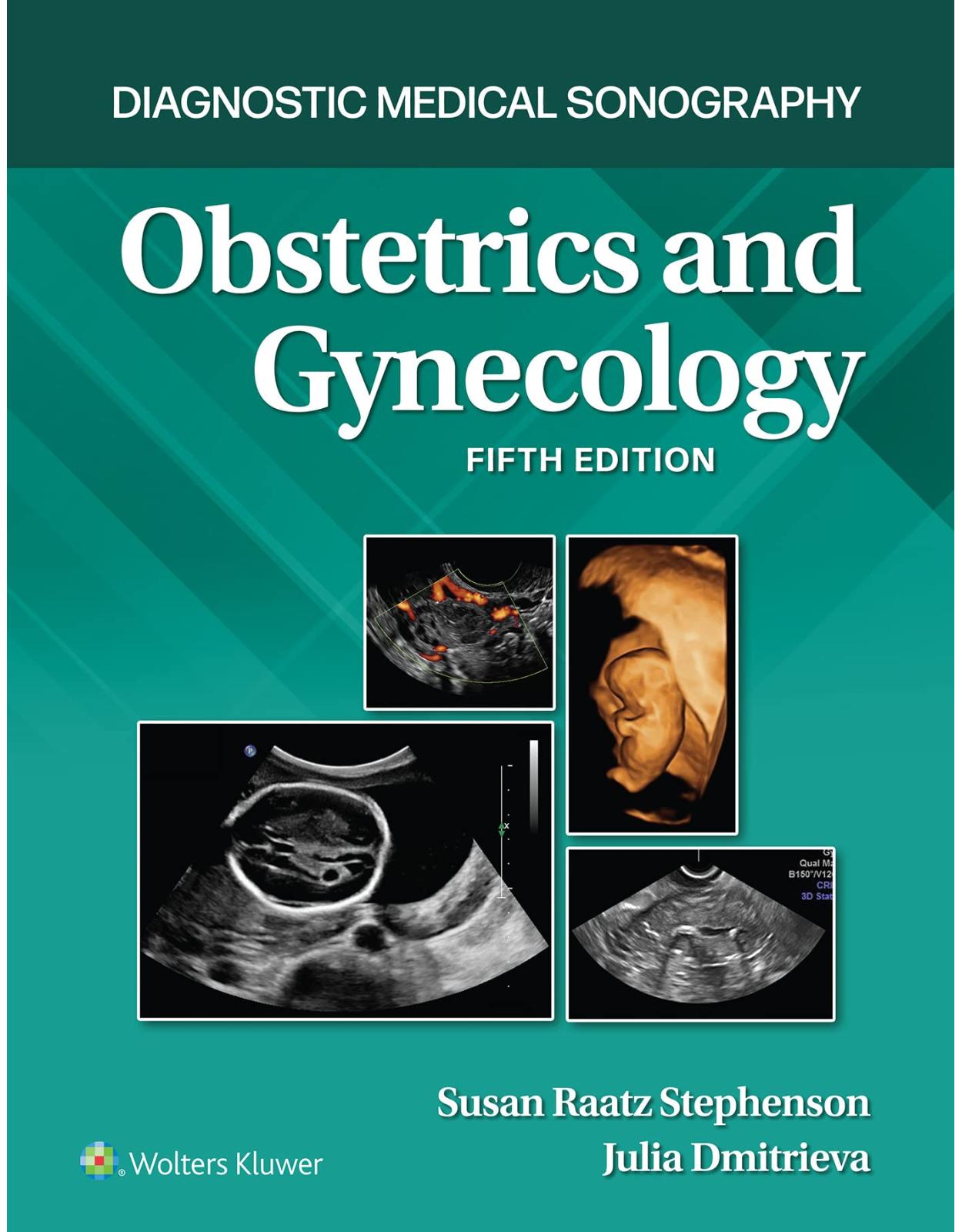
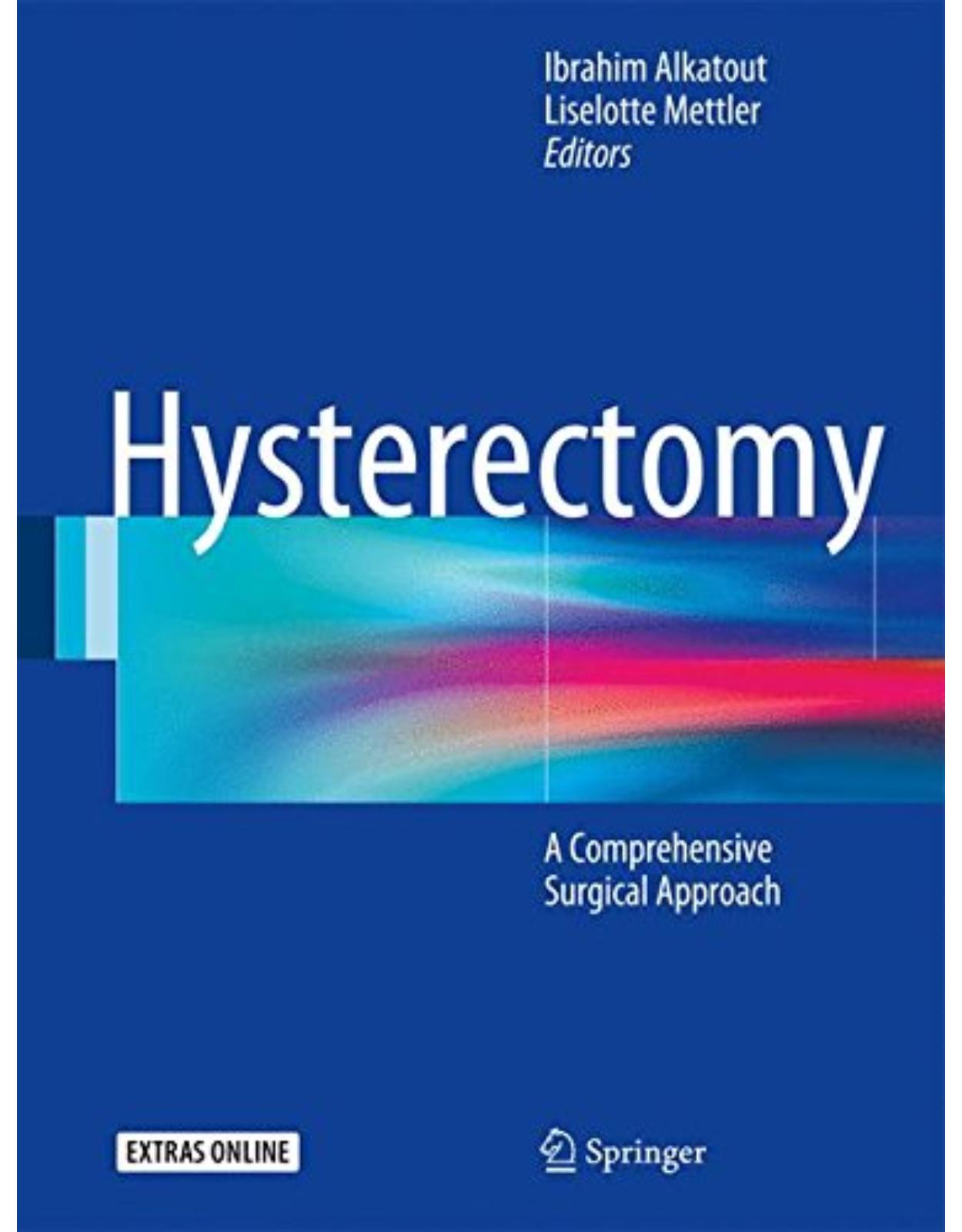
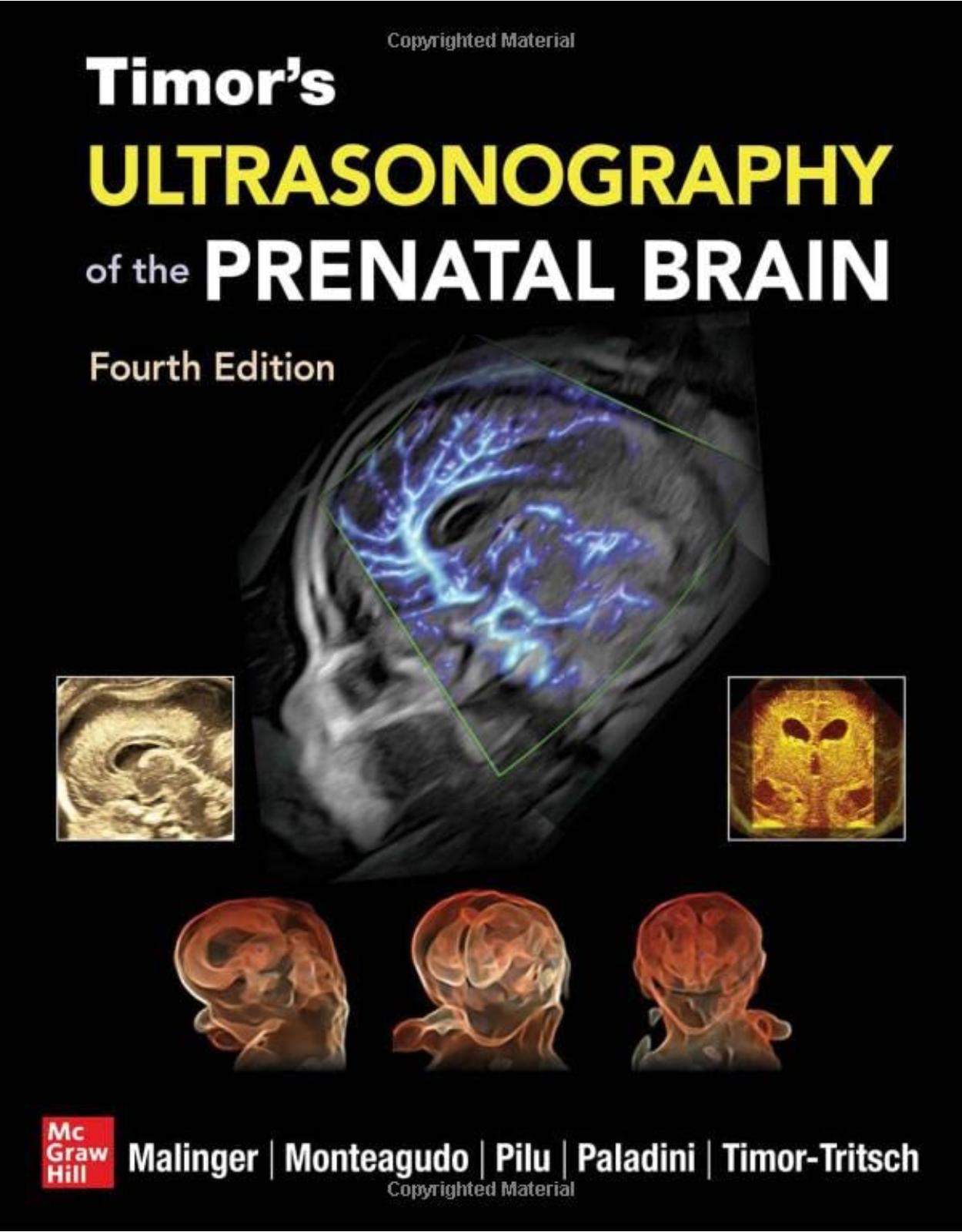
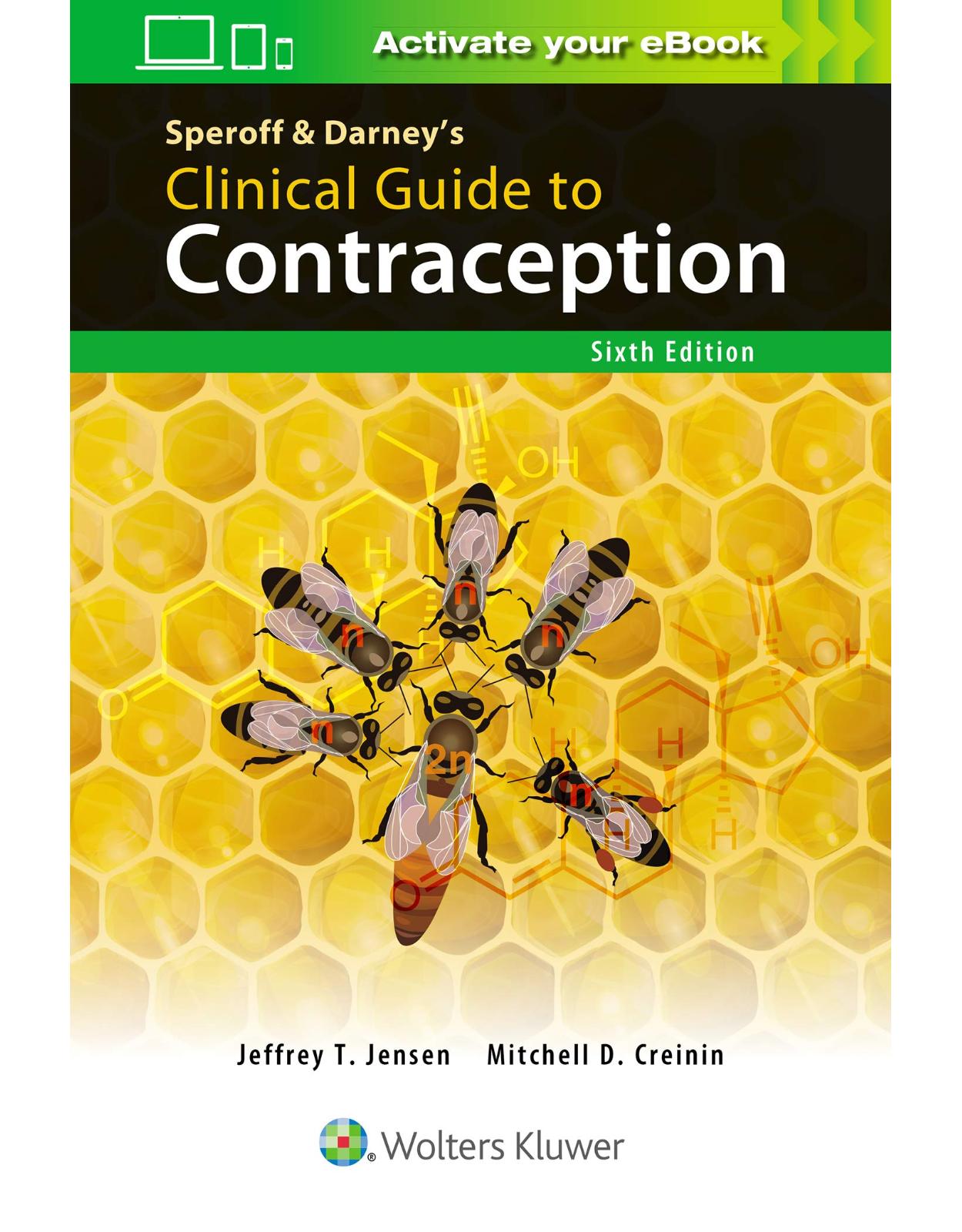
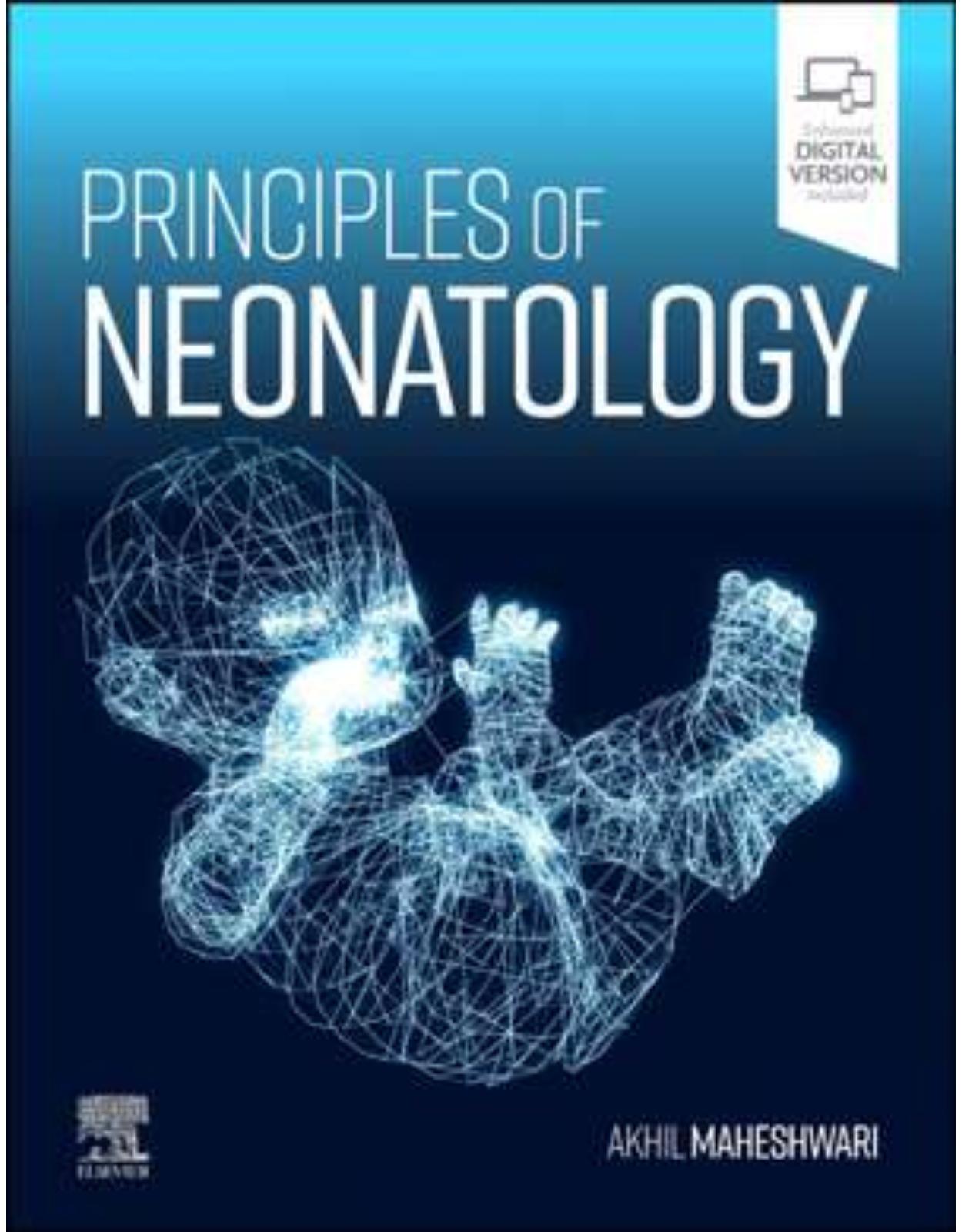
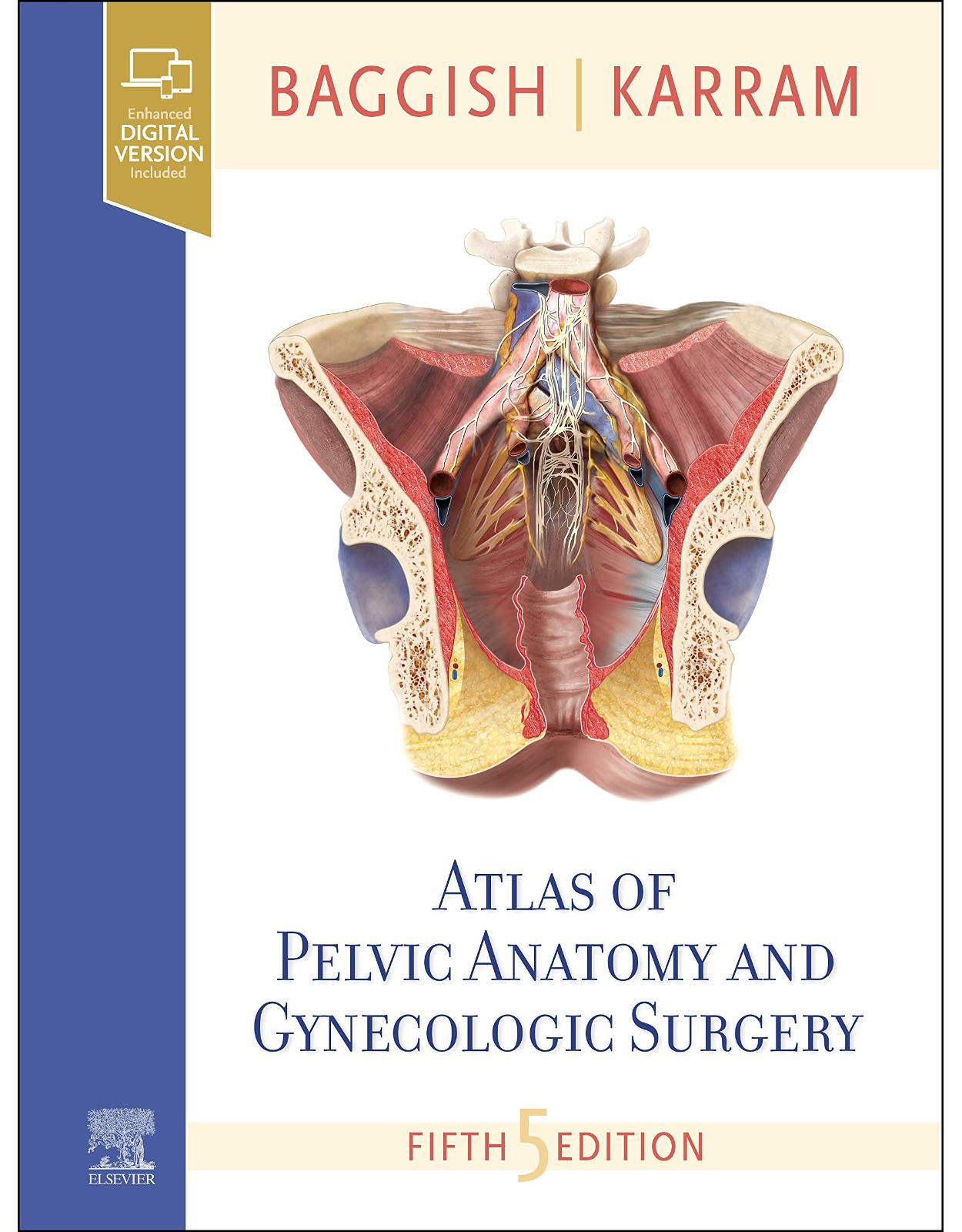


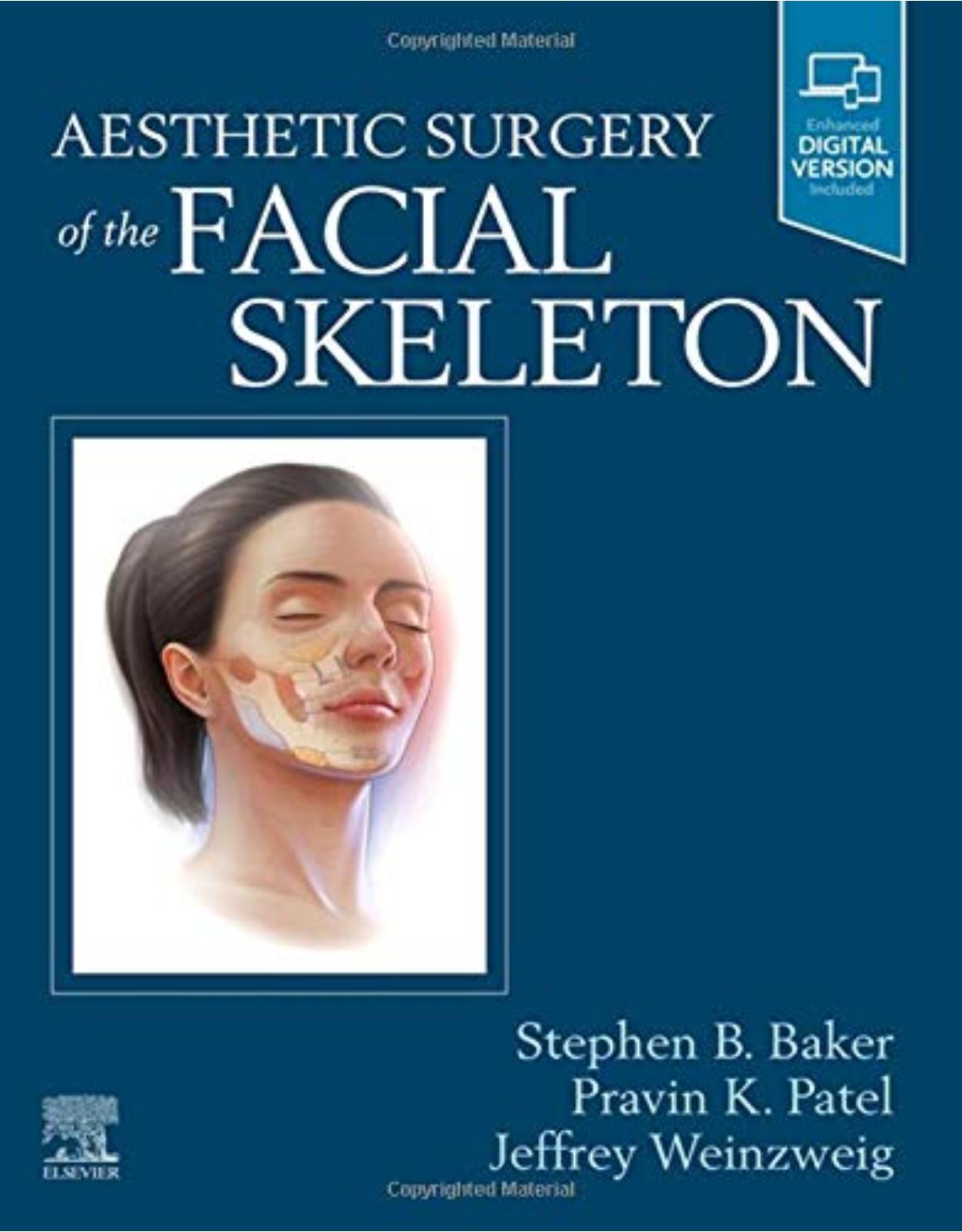
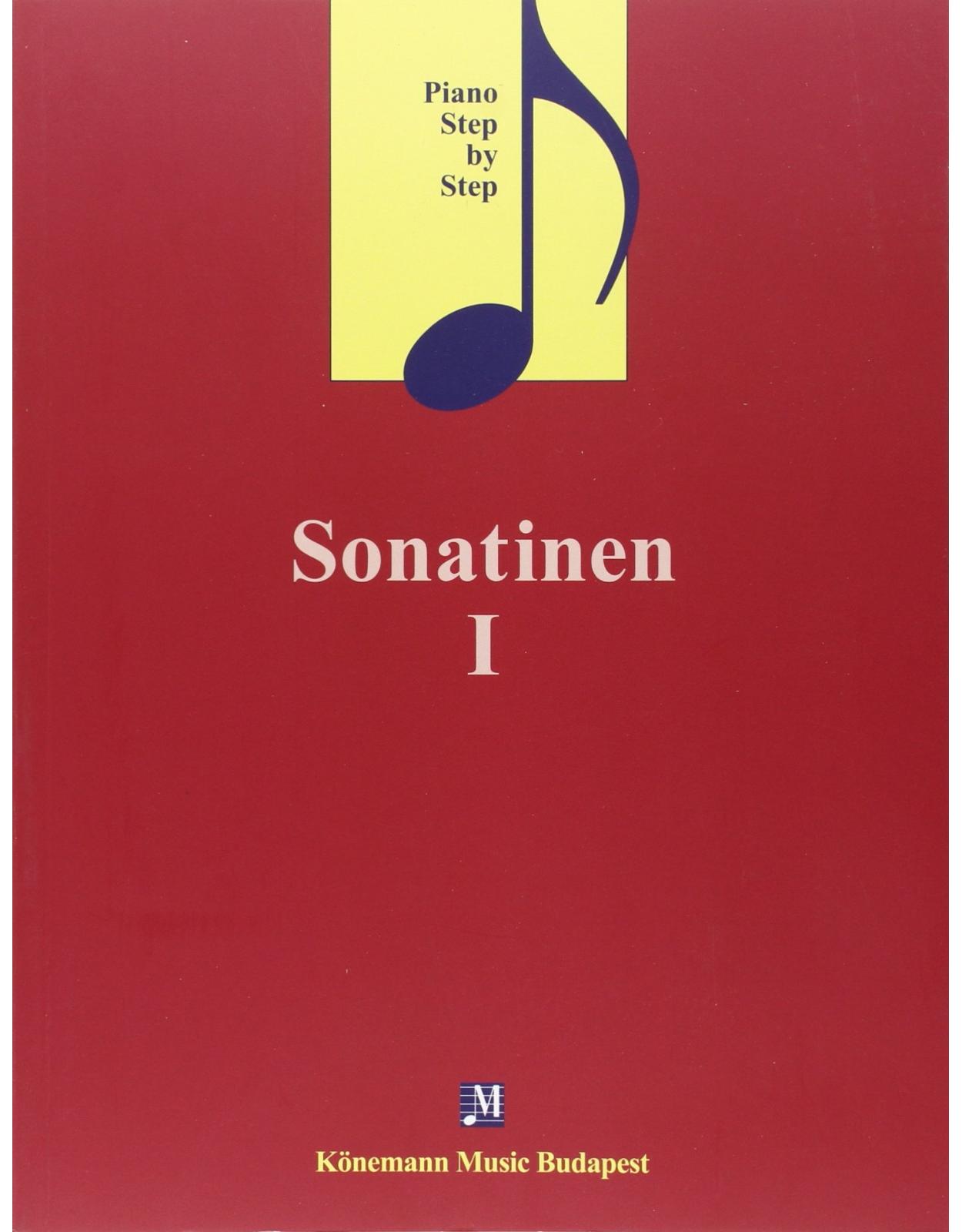
Clientii ebookshop.ro nu au adaugat inca opinii pentru acest produs. Fii primul care adauga o parere, folosind formularul de mai jos.